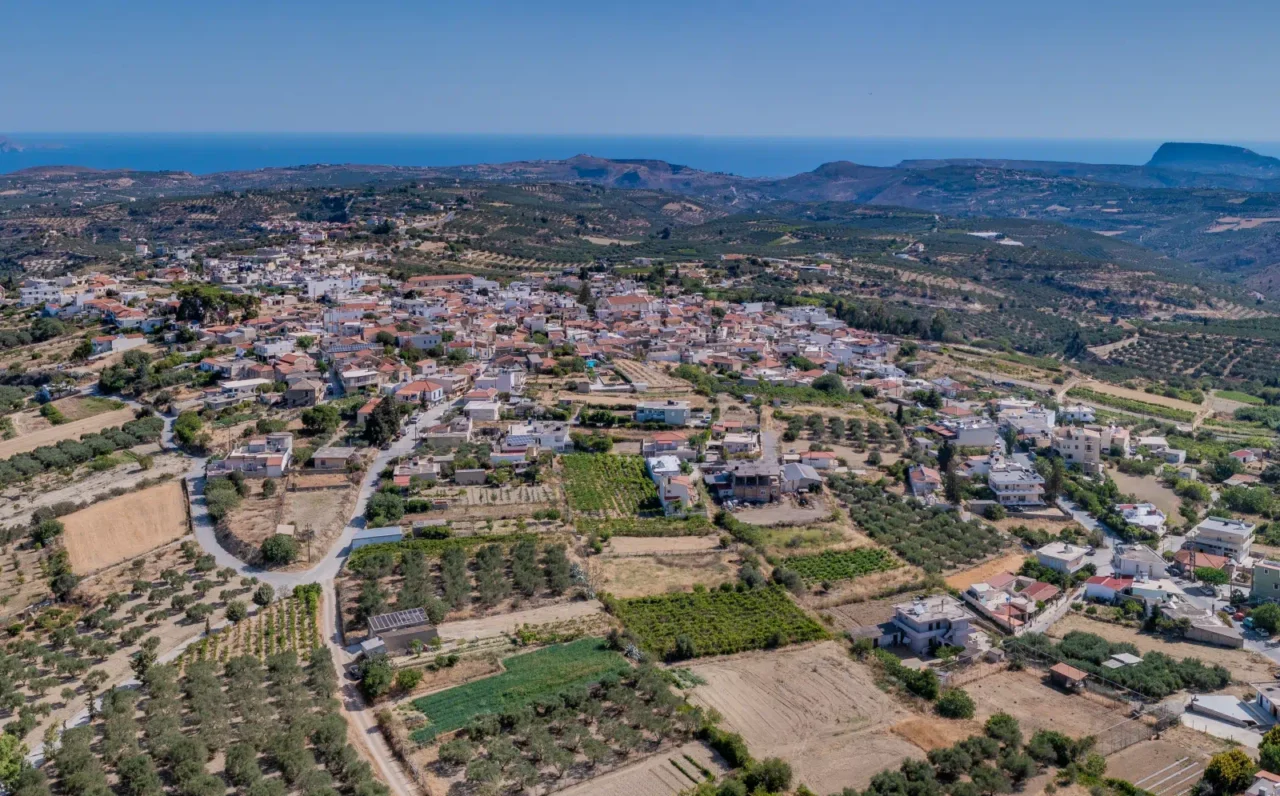
Episkopi is a large village in the Heraklion regional unit on the island of Crete, Greece. It is located 18 km southeast of Heraklion city. It falls within the municipality of Hersonissos and serves as the seat of the Episkopi municipal unit. The village sits at an altitude of 350 meters in a hilly area interspersed with vineyards and olive groves. The inhabitants of Episkopi are primarily involved in olive cultivation, viticulture, and livestock farming.
History
Episkopi has been inhabited since the Minoan era. Archaeological findings from the Middle Minoan period and later have been discovered in the area, including a Minoan quarry and shells. Scattered findings from the Classical and Roman periods also exist. Some of these artifacts are exhibited at the Heraklion Archaeological Museum.
The village’s name, Episkopi, meaning “bishopric,” comes from the fact that it became the seat of the Bishop of Hersonissos after the Byzantine reconquest of Crete from the Arabs in 961 AD. A document from the Duke’s Archive of Chandax in 1386 refers to the village as “Piskopi,” and the Venetian census of 1583 records it as “Piskopi Chiersonisso” with 690 inhabitants.
In 1834, the village had 322 Muslim and 95 Christian inhabitants. During the Ottoman period, Episkopi was a “vakif” village (land held in religious endowment). In 1856, with the declaration of the Hatt-i Humayun, all the inhabitants declared their Christian faith before the then-Governor General Veli Pasha. By the 1881 census, the population had shifted to 608 Christians and 87 Muslims.
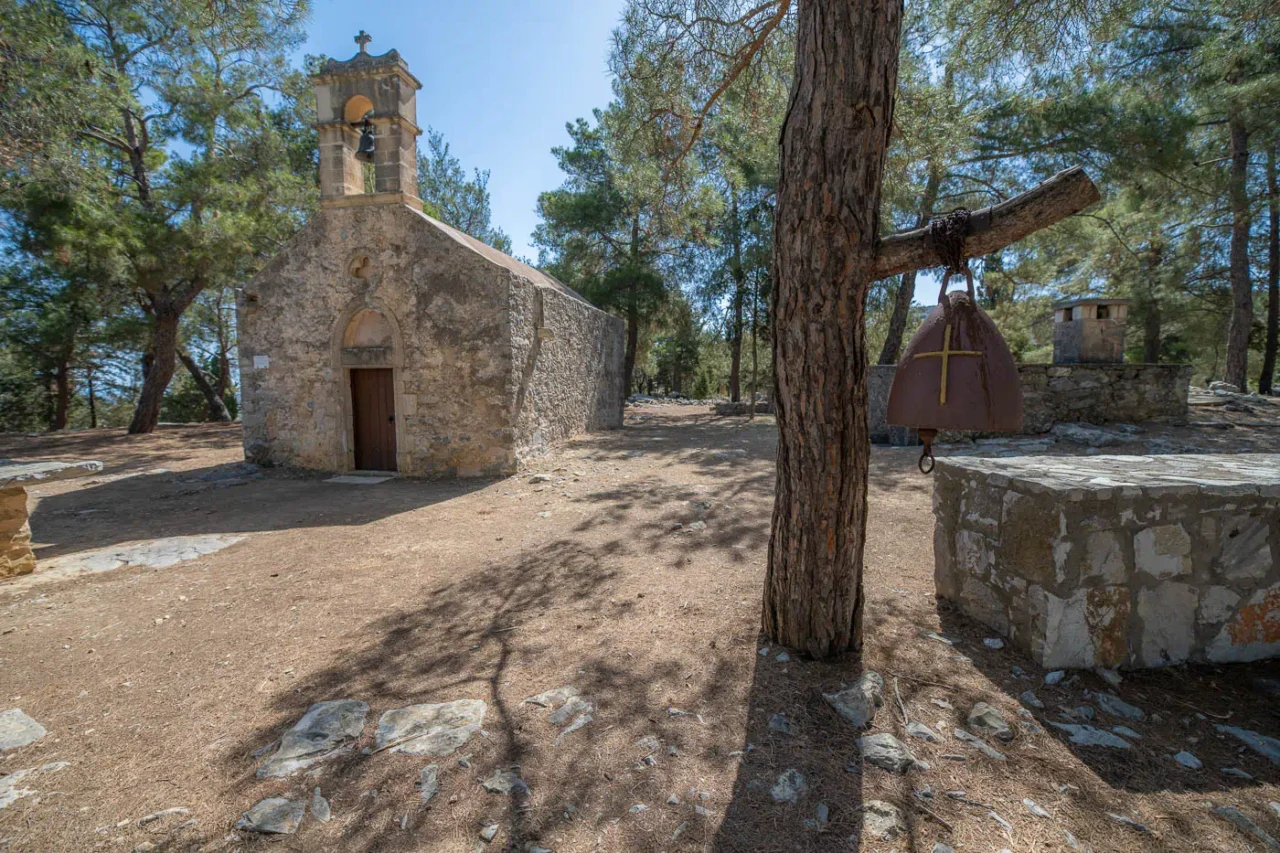
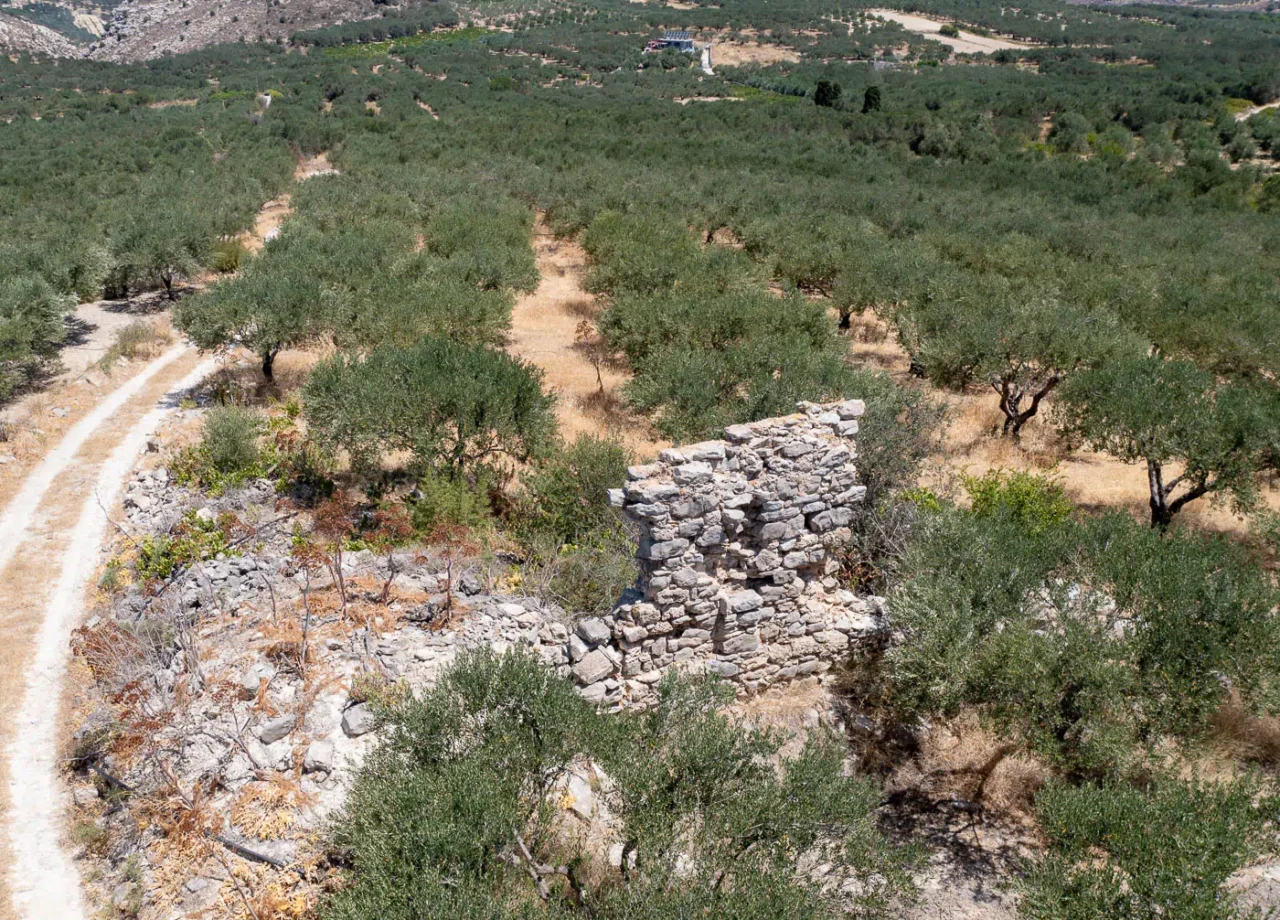
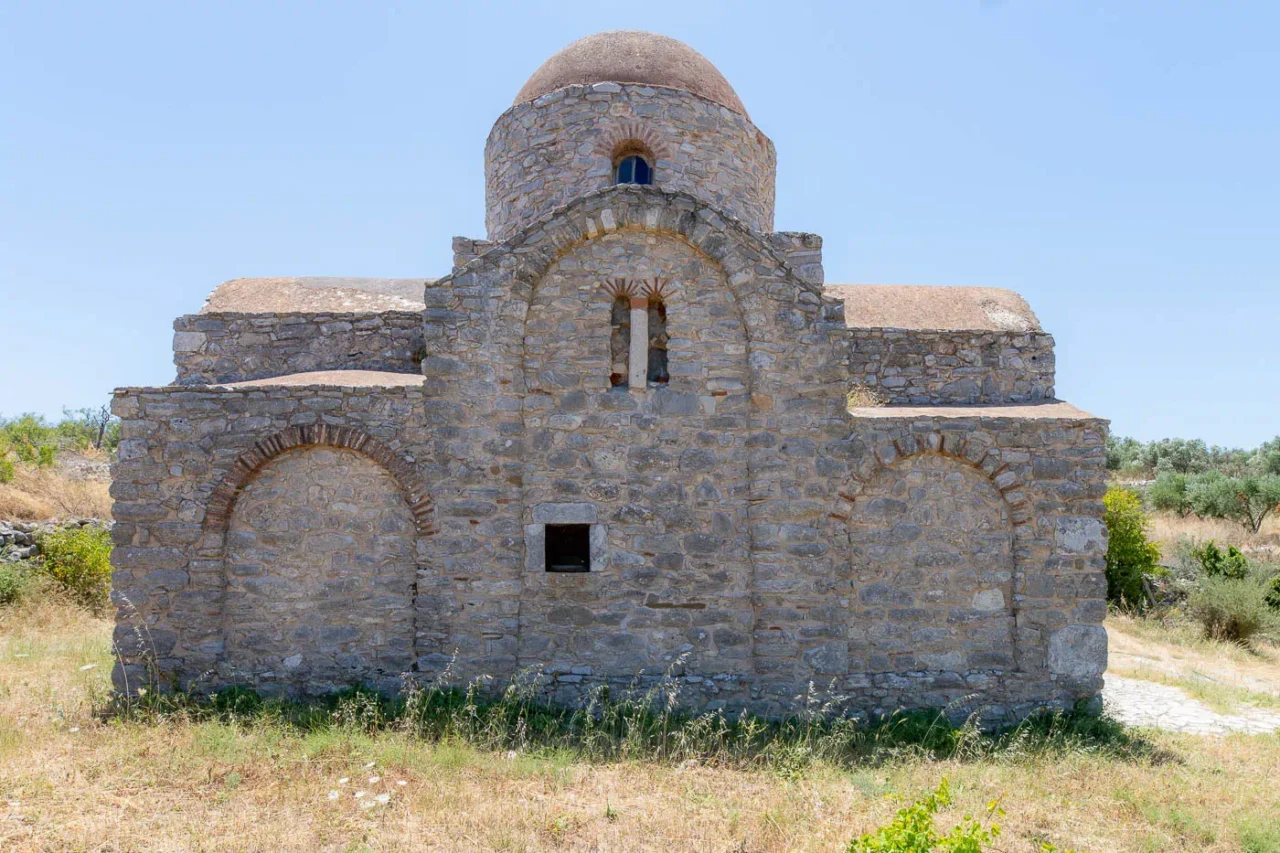
Churches
Episkopi and its surrounding area are home to numerous notable churches, reflecting the village’s historical significance as a bishopric and its population growth. The oldest churches are Byzantine and post-Byzantine monuments.
- Panagia Kera-Limniotissa: Dating back to the 11th century, this is the oldest church in the area. It is a unique example of a cruciform church with a dome in Episkopi and features frescoes from the 11th and 15th centuries.
- Panagia Faneromeni: This is a large, two-aisled church near Agia Paraskevi. The south aisle dates to the 14th century and is dedicated to the Entry of the Theotokos into the Temple, while the north aisle, from the 17th century, is dedicated to All Saints.
- Agios Minas: Located in the central square, this is the main parish church of the village. It is the largest and most magnificent church in Episkopi, built in the late 19th century (1882-1884). It is a two-aisled basilica with a marble templon from the early 20th century. Excavations under the church floor have revealed Byzantine tombs and evidence of an early Byzantine church on the same site.
- Agios Ioannis: This small, single-aisled Byzantine church dates back to the Venetian period. It is decorated with 14th-century frescoes and features tombs in the floor and an “arcosolium” (an arched recess containing a tomb) on the north wall.
- Agios Georgios (Toupaki): Located 2 km east of Episkopi, this church was once the “katholikon” (main church) of a small monastery. It features well-preserved 15th-century frescoes and graffiti from the Venetian period.
- Agios Antonios: Located at the eastern edge of the old village center, this small, single-aisled church contains remnants of high-quality frescoes considered some of the most important examples of late 14th and early 15th-century Palaiologan art in Crete.
- Agia Paraskevi: This small, single-aisled church in the village center dates to the 15th century and is decorated with frescoes. The frescoes notably depict Venetian soldiers, officials, and priests, providing a historical glimpse into the Venetian period.
- Christos (Metamorphosis tou Sotiros): Located about half a kilometer south of Episkopi, this church was originally part of a monastery. The buildings around the church housed a significant Greek educational center in the late Ottoman period. The site also witnessed a battle between Christians and Turks in 1897.
Other churches in Episkopi include Agios Nikolaos (15th century), Agia Marina (14th century), Agios Panteleimon (14th century), Agios Spyridon, Panagia Kefala, Profitis Ilias, Agioi Anargyroi, and the cemetery church of Agioi Apostoloi.
Points of Interest
-
Argyrakeio War Museum: This museum houses a significant collection of World War II artifacts, including war trophies, documents, and photographs, collected by its founder, Michalis Argyrakis.
-
Panagiotaki Municipal Park: This park offers a green space for recreation and features a playground and an open-air theater that hosts various cultural events during the summer.
Village Key Points
- Location: Heraklion regional unit, Crete, Greece, 18 km southeast of Heraklion city.
- Historical Significance: Inhabited since the Minoan era. Served as the seat of the Bishop of Hersonissos. Rich in Byzantine and post-Byzantine churches.
- Population: 933 (2021 census)
YearPopulationNotes1583690as Piscopi Chierissonisso1834417322 Muslims, 95 Christians188169587 Muslims, 608 Christians19007742 Muslims, 772 Christians1928844194010361951103419611049198110161991974200196920119622021933
- Current Status: An active village with a rich history and cultural heritage. A quieter alternative to the nearby tourist resorts.
Access
Episkopi is 12.2 kilometers away from Arkalochori and 3.4 kilometers away from Myrtia















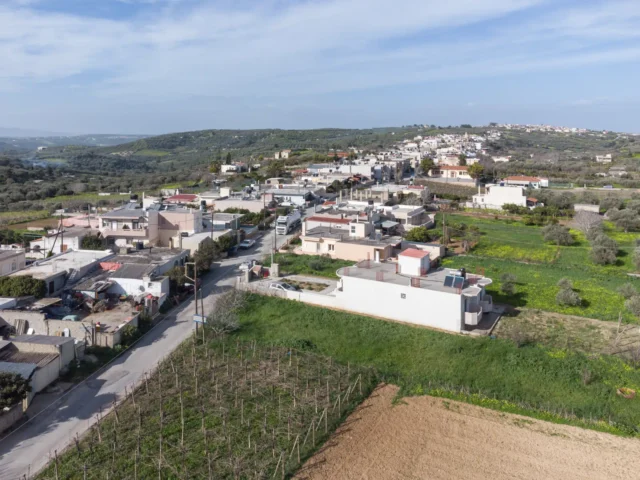

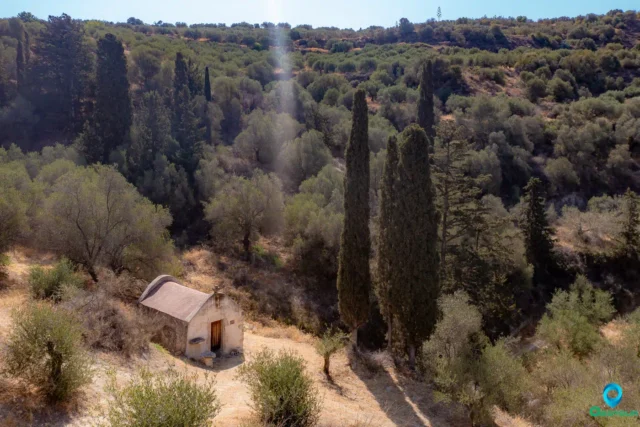

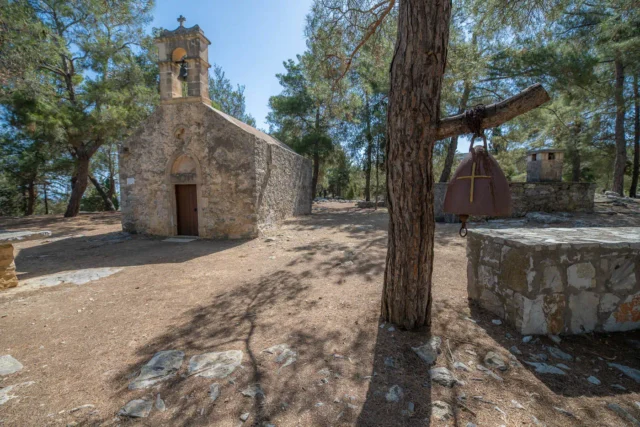


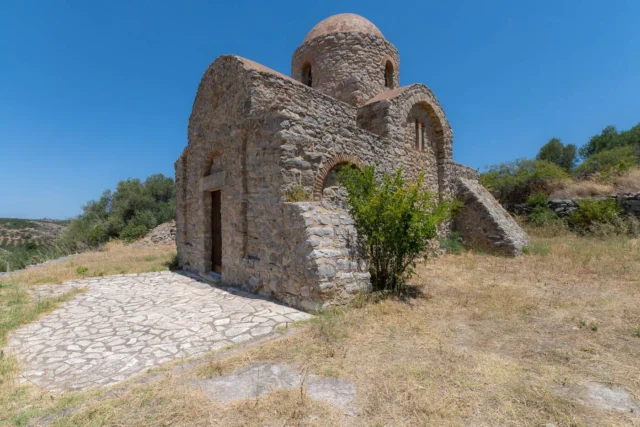

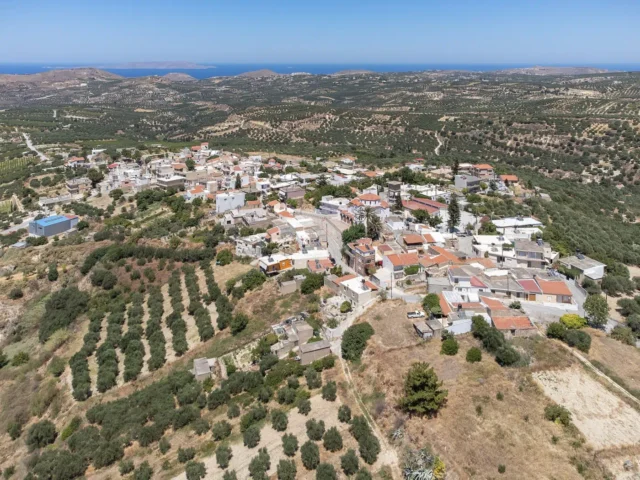
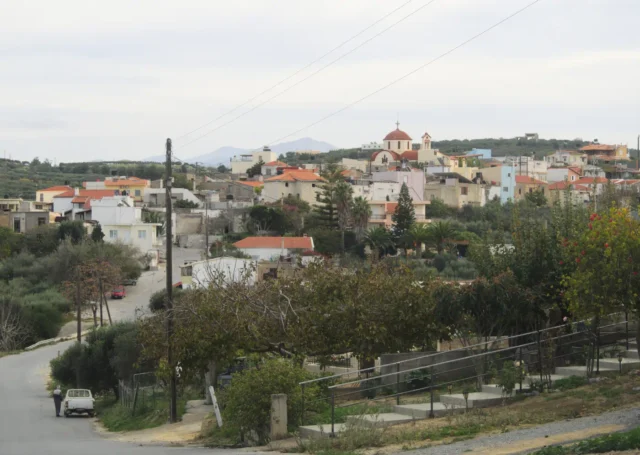

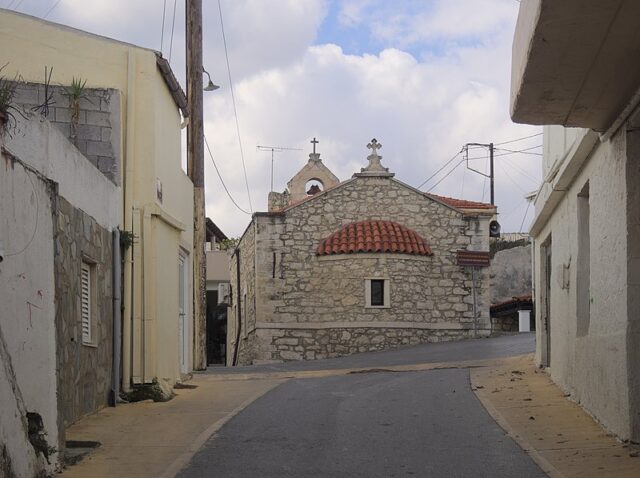

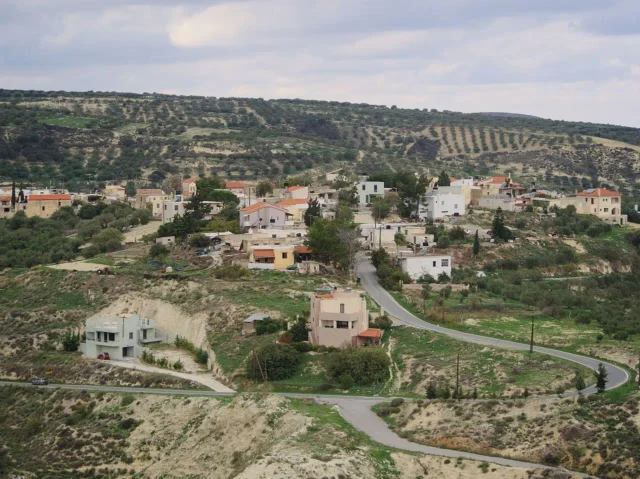
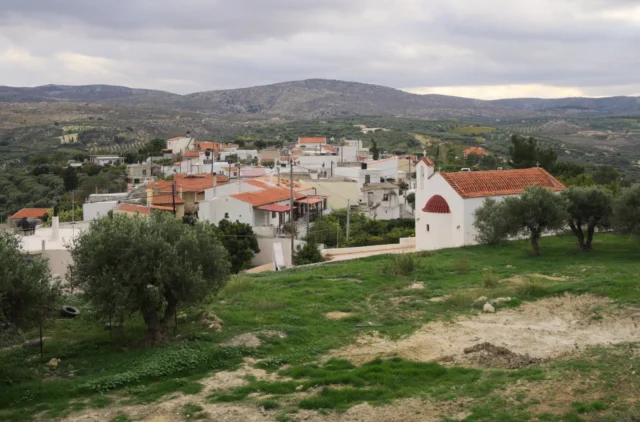
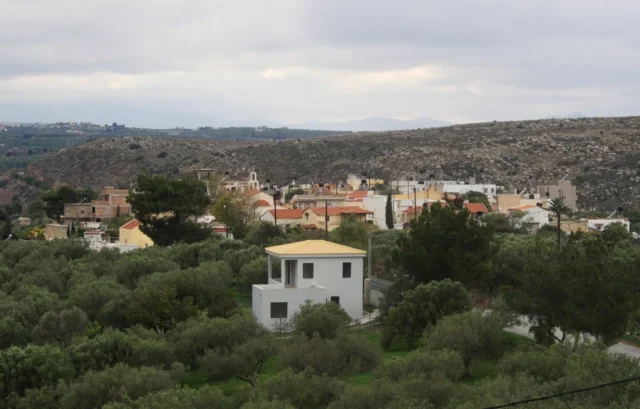
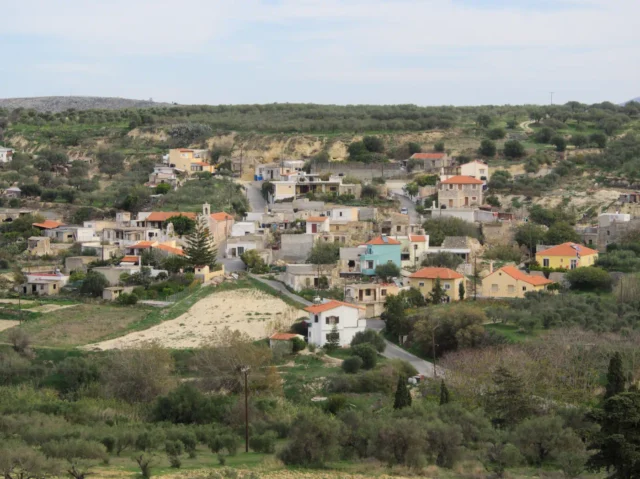
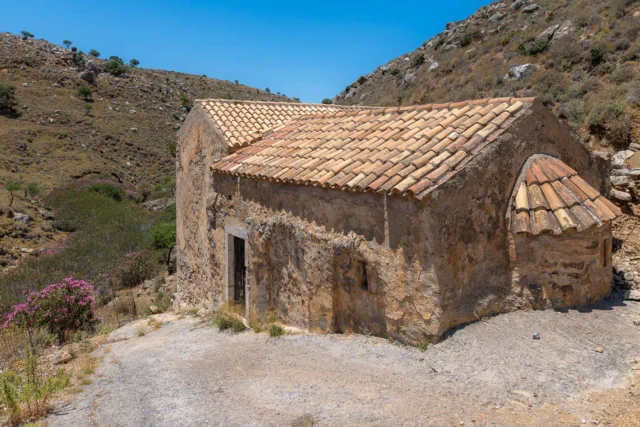

There are no comments yet.